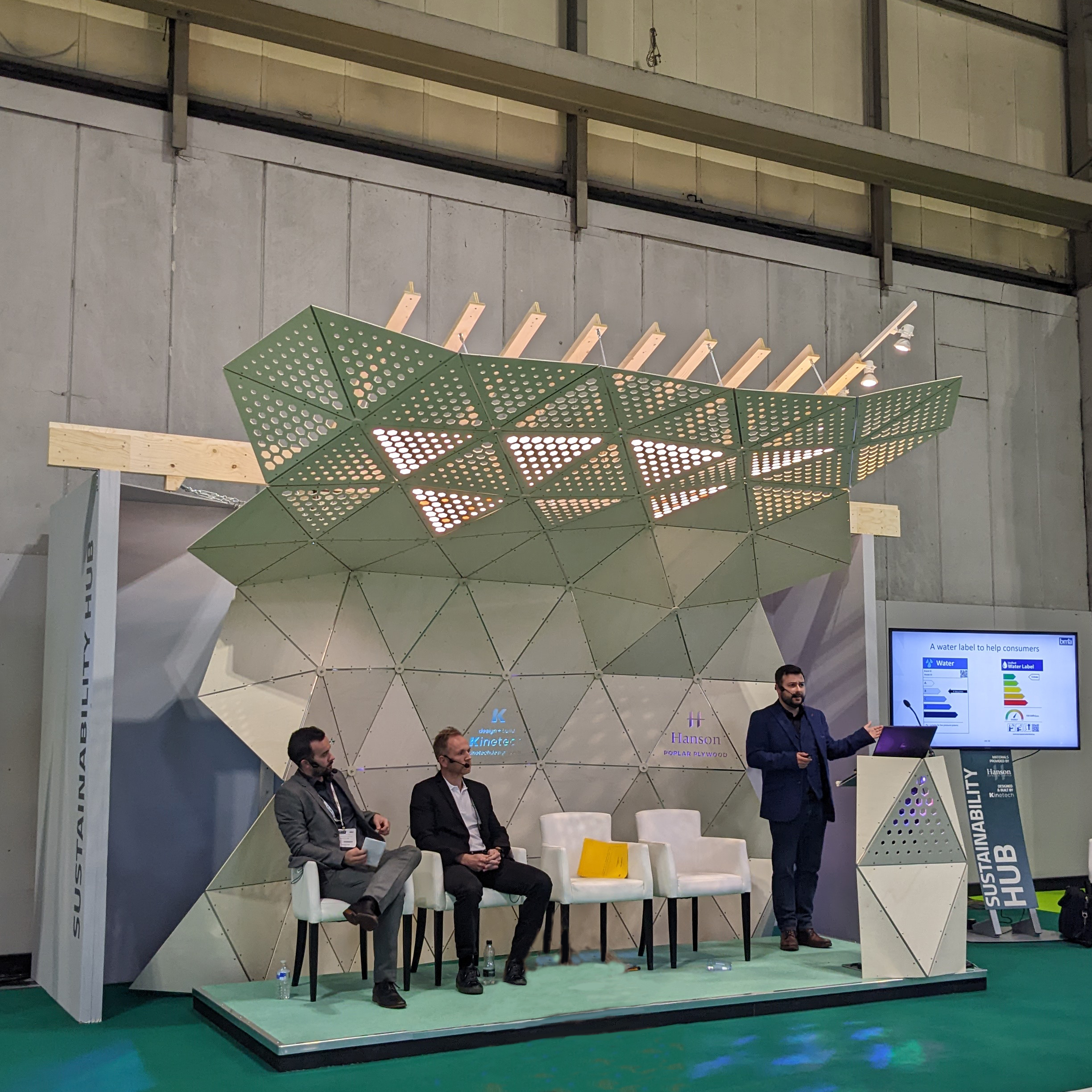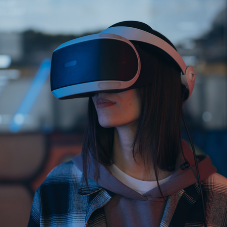Biophilic design is a way of designing our living and working spaces to satisfy our innate connection to nature. Biophilic design focuses on the aspects of nature that contribute to human health and productivity. It seeks to combine these healthy natural elements with the modern built environment.
The modern city seems to have lost that connection to nature, growing in place of, and often in spite of, nature. The growth of the urban city has led to us becoming isolated from nature, leading to that stereotypical picture of bleak, bland city life.
In recent years, off the back of various social studies, architects and designers have come to realise that there is a direct link between the built up city and human stress and depression levels. Over 50 studies worldwide have proven that nature or environments that mimic nature have a positive effect on health and well-being.
Stephen P. Kellert, author of Birthright: People and Nature in the Modern World said:
"We put people in windowless offices and give them a computer and a desk and think they should be able to work just fine because they’ve got all the obvious things they need, like air to breathe, artificial light to see by and access to all kinds of information,
"But we find that they don’t actually work all that well in those kinds of environments. They are more likely to experience fatigue, lack of motivation and higher rates of absenteeism."
As it stands much of the built environment is designed lacking natural light and ventilation, vegetation, and views in to nature. The injection of natural elements in to these spaces can alleviate feelings of stress, promote recovery from mental fatigue, and encourage better focus, mental stamina and productivity.
So, what is biophilic design in practice?
The ultimate goal of biophilic design is to create a healthy and stimulating environment. On a basic level the human affinity for nature has everything to do with our fitness and survival so biophilic design must focus on natural environments that promote survival. Biophilic design does not focus on natural environments such as deserts or the deep-sea as they do not offer a sustainable environment for human survival.
It is also important to consider that biophilic design does not apply to isolated occurrences of nature, for example the odd desk plant, biophilic design is an emphasis on the overall setting. Real natural environments are cohesive, integrated ecosystems that support and sustain survival, merely including variated isolated objects of nature in a man-made environment results in little positive impact on health and performance.
The effectiveness of biophilic design relies on intervention of connected natural elements that are integrated with the overall environment. These environments must lend themselves to consistent human interaction and engagement with nature rather than isolated incidents.
Direct and indirect elements of nature can be used to promote health and wellbeing through biophilic design.
Direct elements include: exposure to natural light and air, the inclusion of water, plants and animals in to a space and exposure to natural landscapes and weather.
Indirect elements include: images of nature, natural materials such as timber, a natural colour palette, elements that promote mobility, simulated natural light and natural shapes and geometries.
Rather than just a design trend or style biophilic design should be essential. It should be essential in our homes, schools, offices and hospitals, we should be curating spaces that promote human health and happiness.
What do you think? How can we make an effort to include biophilic design in to our own spaces? Join in the discussion on LinkedIn.















